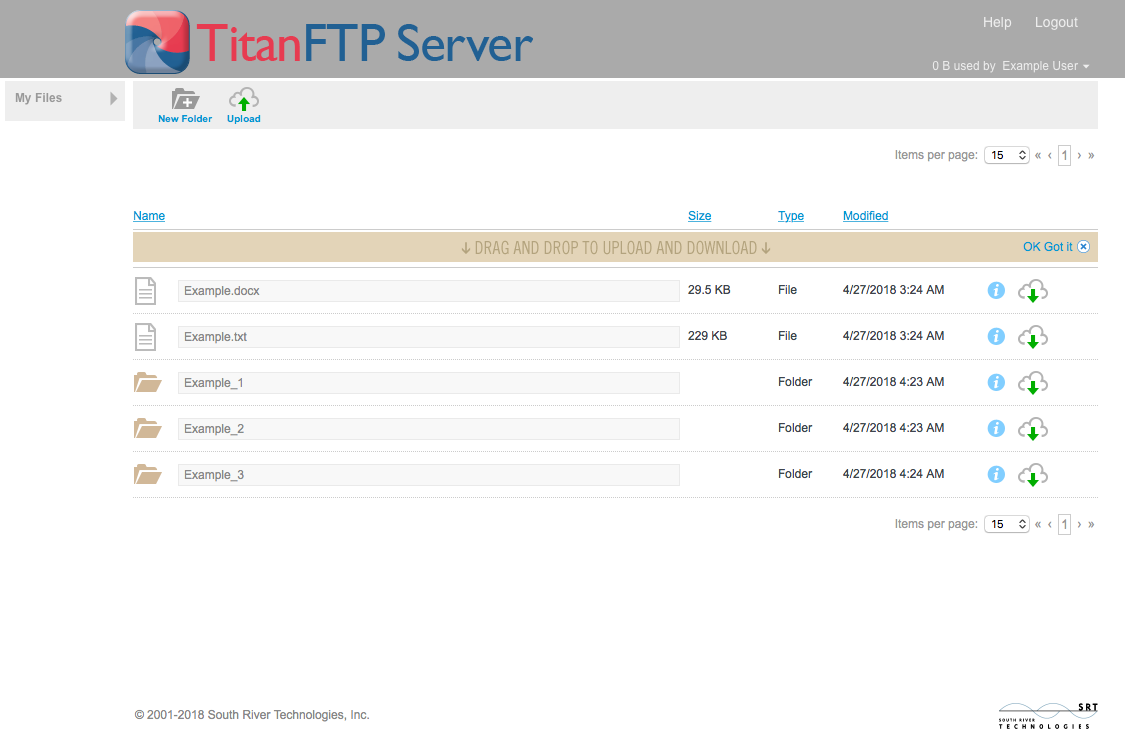Ecommerce is a quickly growing industry that offers significant opportunities to retailers. While building an ecommerce site is now easier than ever, there are still a few elements that need to be taken into consideration. When you’re building your ecommerce site, you will need to think of it as a virtual store. Many of the strategies used in the brick-and-mortar world also translate into the world of ecommerce.
What Exactly is an Ecommerce Website?
In simplest terms, an ecommerce website is an online store. Ecommerce websites have a catalog of products that users can select and immediately purchase through what is called a shopping cart. Ecommerce websites usually have automated inventory systems so that items that are not available are not sold, and a merchant processor is usually integrated directly to facilitate immediate payment. A website that simply lets users email to purchase products and doesn’t allow the users to purchase the product through an automated process is not considered an ecommerce website.

What does an Ecommerce Website need to have?
Foremost, an ecommerce website needs to have a reliable ecommerce hosting service. While all websites suffer when downtime occurs, an ecommerce website suffers even more. Customers that aren’t able to complete transactions due to lag may never come back to the website, costing the website a significant amount of money in potential revenue. Additionally, a website’s search engine rankings can also be affected by downtime and lag.
Apart from a reliable hosting service, ecommerce websites also need to have a strong platform. There are many ecommerce platforms available that are open source or cost-effective. Some hosting companies even offer turnkey ecommerce platforms as a part of their hosting service. Developing a successful ecommerce site takes a lot of time and effort, and you will need to be prepared for the commitment.
How should you set up an Ecommerce Website?
Your first step should always be to secure the right host and determine your ecommerce platform. Following this, you need to develop your branding. Branding includes a name, logo and content style. Once your website is fully functional, you will need to market it aggressively if you are to gain any traction. Traffic always comes first, and then revenue follows later.
What should you avoid with an Ecommerce Website?
Many ecommerce websites fail because they have too broad a scope. Niche websites tend to be more successful overall because they allow the business to focus on being successful in a single area. Some ecommerce websites also falter because they don’t put enough money into advertising and marketing. Advertising and marketing is a large part of any ecommerce business. Finally, ecommerce websites need to be properly and professionally developed from the very beginning if they are to build significant momentum.
Building a successful ecommerce site doesn’t always happen overnight. You will need to collect data and modify your site in response to your observations. A good ecommerce website never stays static. Instead, it changes and adapts on a regular basis to react to competition and changes in its consumer base.









Comments